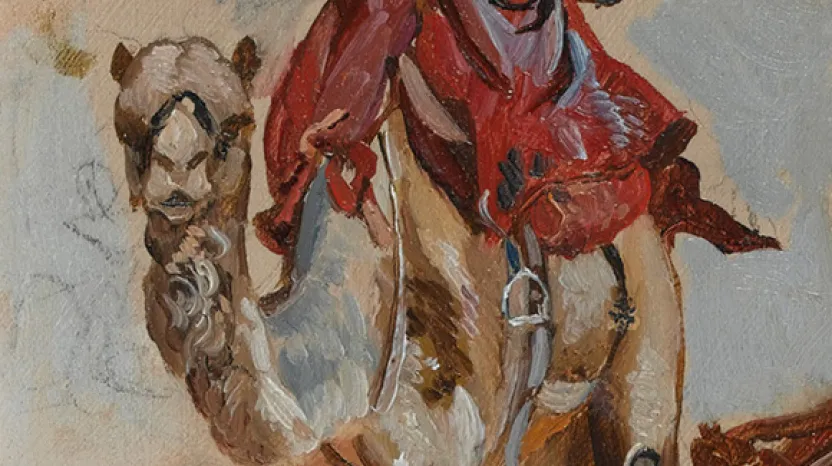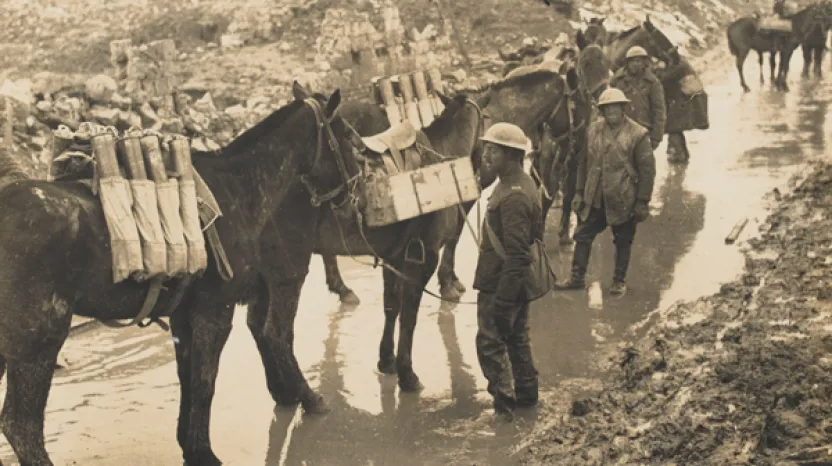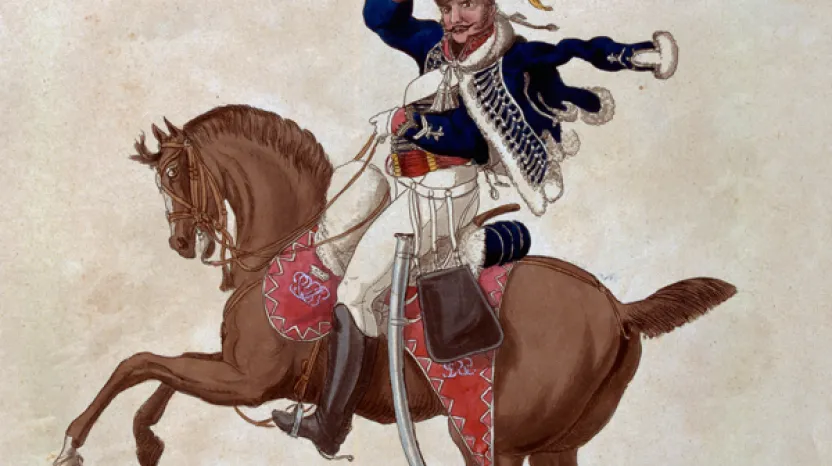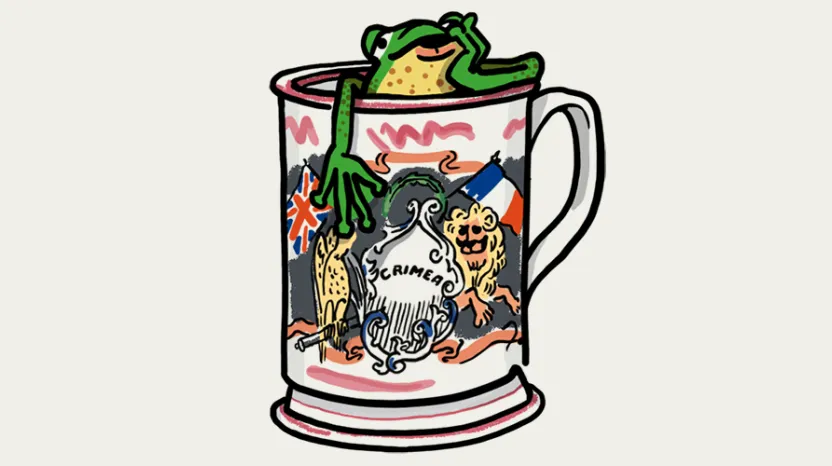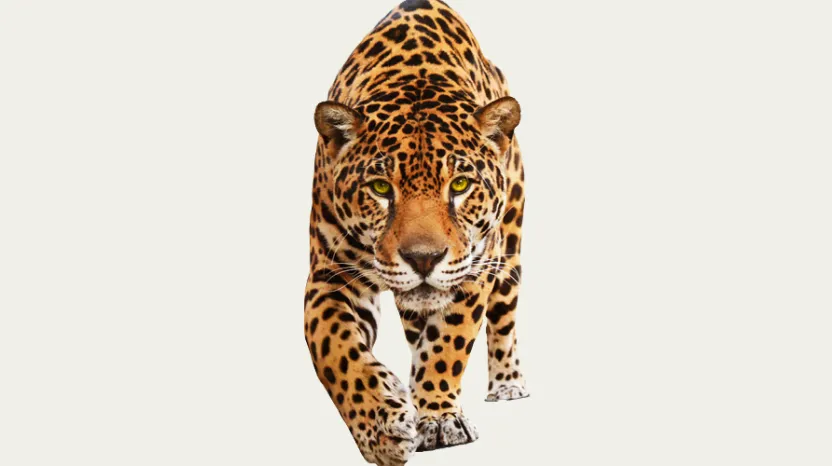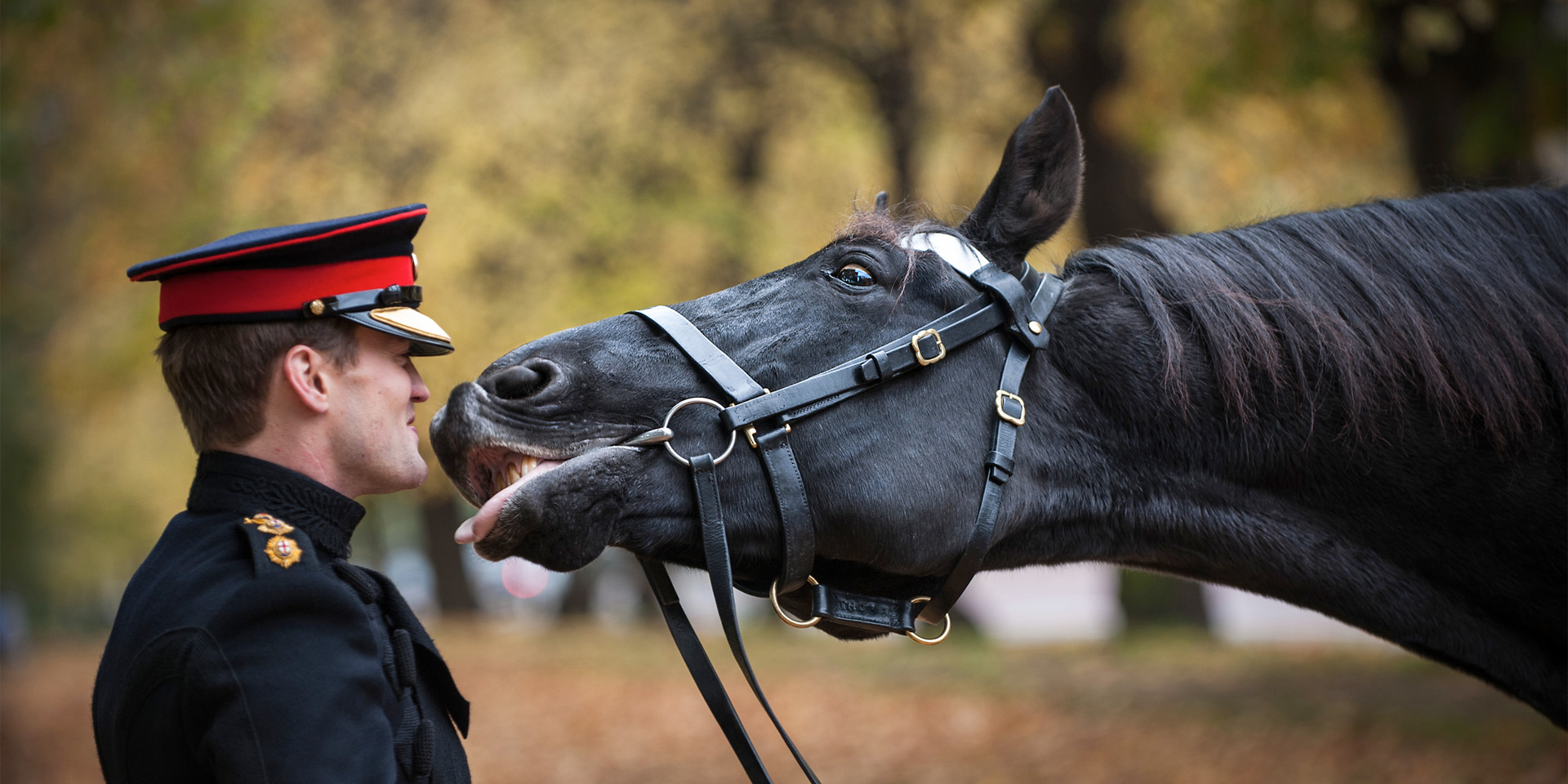
Animals

Featured
Horses have played a vital role in supporting soldiers on and off the battlefield. Explore the stories of some of the most incredible horses in British military history.

